
Tech companies are using their products, assets, ways of working and talent to achieve sustainability, and they’re willing to share their secrets. Let’s look at how companies achieve tech-driven sustainability.
5 Mins
19th February 2025
Article
Sustainability, Artificial intelligence and machine learning
From rising e-waste to the increasing energy use associated with AI, the tech industry is facing high levels of scrutiny for its sustainability credentials. If, as predicted, the energy use of the sector rises to 14% of all carbon emissions, it will become one of the leading sources of carbon-generation.1
Could this rise in emissions be a temporary pathway to net negative emissions? Deploying new technology in a carbon-dependent economy must plan for a future that can still operate as fossil fuels are phased out. Technologists know this and are using data analytics, AI and virtualisation to prepare for a fully electric sector that builds sustainability and reduces impact.
Industrial battery manufacturer and energy storage company EnerSys uses AI for sustainability data collection and reporting, allowing them to narrow their focus on the tasks that bring the greatest impact. The company estimates that the time spent on customer sustainability data collection has dropped by 50% thanks to AI. They also report that AI has improved data accuracy, audibility, and efficiency.2
Globally, 65% of chief executives see AI as a force for good, but it is not technology alone that will bring about this change.3 In the tech industry, executives have been successful in their sustainability efforts because they focus on two levels - greening the core business and enabling clients to achieve greater sustainability.
Google’s sustainability goals are nothing short of ambitious. Whereas many companies focus on achieving net zero emissions in scope one, Google aims to achieve net zero across all corporate and value chain operations by 2030.
Google’s effort to decarbonise hardware began in 2018 with a data analysis on the carbon footprint of the Pixel phone. They discovered that the phone casing contributed to a significant degree of the device’s entire footprint and switched to 100% recycled components, reducing the overall carbon impact by 35%.4
From there, Google made reductions on the Pixel’s next largest source of emissions and created a device production blueprint for emissions measuring, reducing and refining. Today the company shares this blueprint for decarbonising the entire value chain of consumer goods, a model that can be deployed across sectors.
Nvidia's challenge lies in the need to appease the increasing investor intolerance for corporate carbon production and the rising demand for their semiconductors, which are resource-intensive to produce.
For semiconductor production, ultra-pure water is needed. To produce 1000 gallons of ultra-pure water, 1500 gallons of municipal water is needed, which puts enormous pressure on local water supplies.5
While this need is currently unavoidable, Nvidia has worked to create sustainable benefits elsewhere, applying the principles of carbon offsetting to water resource preservation and reducing the overall pressure on global water supplies.
Nvidia's digital twin of Earth, known as Earth 2, models the planet's climate to predict weather and climate patterns in the near and long term. That information is being used to positively influence sectors that are vulnerable to climate change and water shortages, such as agriculture.
Using the tool, farmers are able to use climate and weather simulations to predict patterns and act on what they learn. This is also deployed alongside collaborations with farming giants such as John Deere, who have partnered with Nvidia to accelerate the development of AI-driven pest control.6
It is these combined efforts that are helping build a water-efficient and sustainable agricultural industry for the next generations.
Singtel's approach to sustainability is to apply the assets and expertise at its fingertips to the particular challenges that enterprise companies face. That means the collective power of technology, infrastructure, and innovation can be applied to weighty tasks such as energy efficiency.
To reduce energy consumption, Singtel has been consolidating power-intensive and high compute equipment from over ten different sites to four energy-optimising SuperCore sites. These sites optimise energy consumption by consolidating high computing services into a single location, of which three have a PUE between 1.3 and 1.6, down from the previous PUE of 2.0.
Today, 72% of Singtel’s network runs on virtual servers, which provides an estimated 6.81 GWh in savings during the year.7 That’s equivalent to fully charging almost 95,000 BYD Song L electric vehicles.
It is through this virtualisation that Singtel can pass on sustainability benefits to clients. Reducing the energy intensity of servers can positively impact clients’ scope 3 emission measurement.
As a sector defined by innovation, it makes sense that technology companies are driving the push for sustainability. By sharing successes, failures, blueprints and roadmaps, the sector is inviting the wider business community to innovate and collaborate on a challenge that can’t be solved alone.
It is only through this knowledge sharing that positive impact can increase and true sustainability can be achieved.
Ready for tech-driven sustainability?
References:
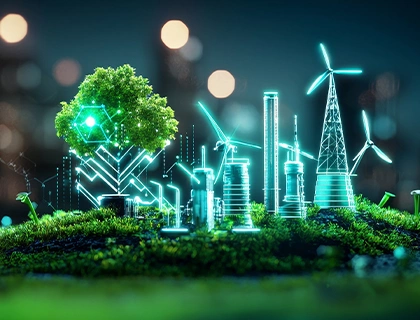
Sustainability, Manufacturing and logistics, Digital transformation
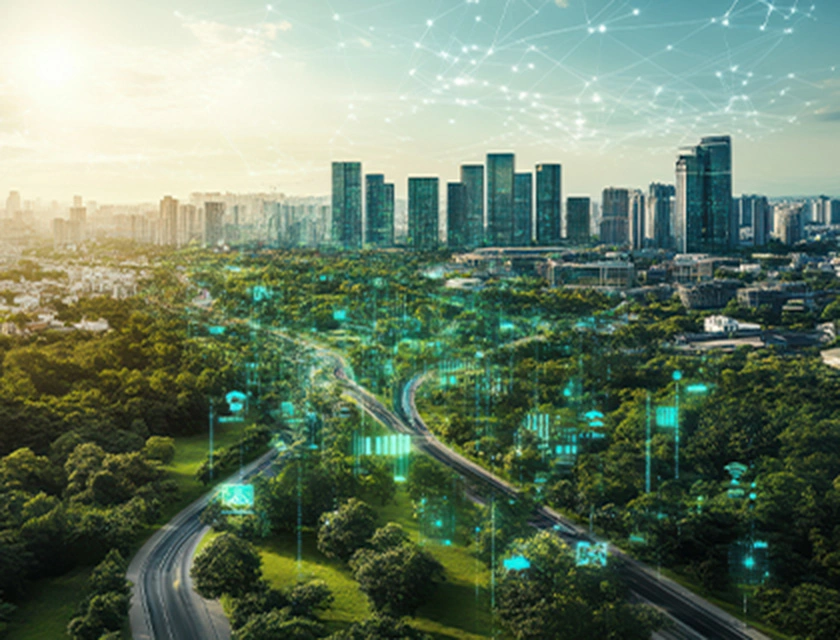
5G, Sustainability, Connectivity
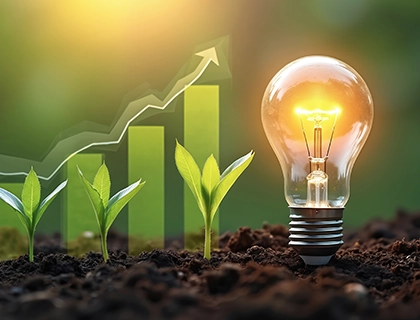
Sustainability, Manufacturing and logistics, Smart cities
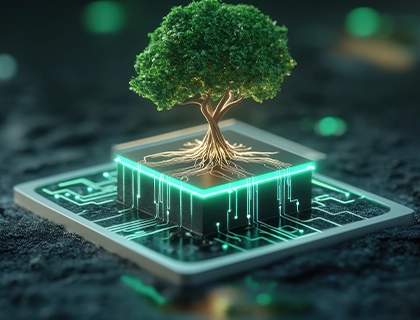
Sustainability
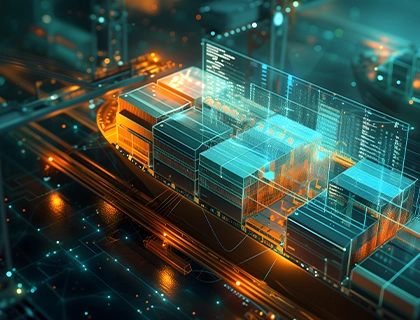
Sustainability, Digital transformation
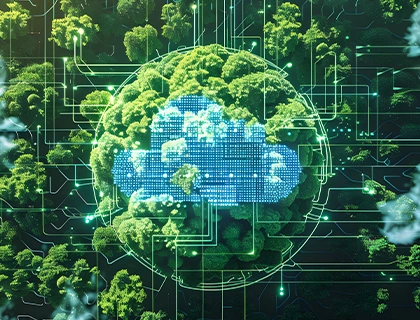
Sustainability, Data centre
Get the latest digest on business and technology trends straight to your inbox.